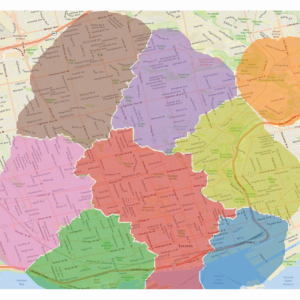Discovering Underground Maps from Fashion
Utkarsh Mall1, 2, Kavita Bala1, Tamara Berg3, Kristen Grauman2, 4
1Cornell University, 2Facebook AI, 3Facebook, 4UT Austin,
In WACV 2022

Abstract
The fashion sense--meaning the clothing styles people wear--in a geographical region can reveal information about that region. For example, it can reflect the kind of activities people do there, or the type of crowds that frequently visit the region (e.g., tourist hot spot, student neighborhood, business center). We propose a method to create underground neighborhood maps of cities by analyzing how people dress. Using publicly available images from across a city, our method automatically segments the map into neighborhoods with a similar fashion sense. Our approach further allows discovering insights about a city, such as detecting distinct neighborhoods (what is the most unique region of NYC?) and answering analogy questions between cities (what is the "Downtown LA" of Bogota?). We also present two new underground map benchmarks derived from non-image data for 37 cities worldwide. Our method shows promising results on both these benchmarks as well as experiments with human judges.
Paper
[pdf] [arXiv] [supplementary pdf]
Utkarsh Mall, Kavita Bala, Tamara Berg and Kristen Grauman. "Discovering Underground Maps from Fashion". In WACV, 2022.
@inproceedings{underground-22,
title={Discovering Underground Maps from Fashion},
author={Mall, Utkarsh and Bala, Kavita and Berg, Tamara and Grauman, Kristen},
booktitle={WACV},
year={2022}
}
Video
5-minute presentation of our work.
Visualization
New York City
Austin
Bangkok
Delhi
Los Angeles
Seattle
Toronto
Austin
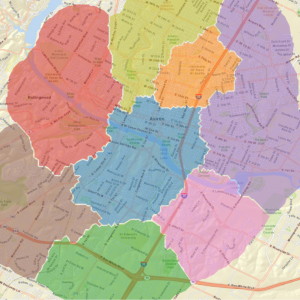

Bangkok
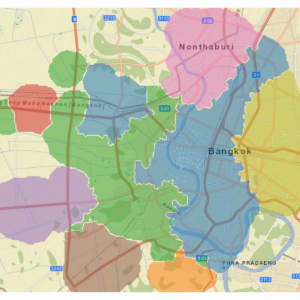

Beijing
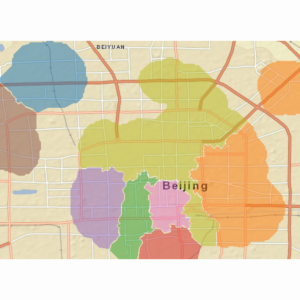

Berlin
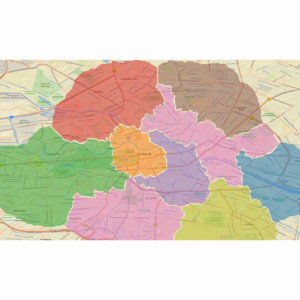

Bogota
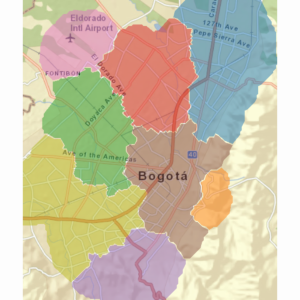

Buenos Aires
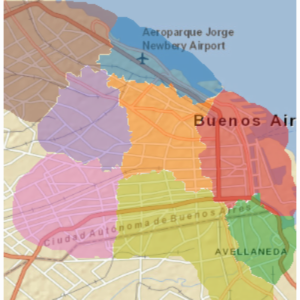

Cairo
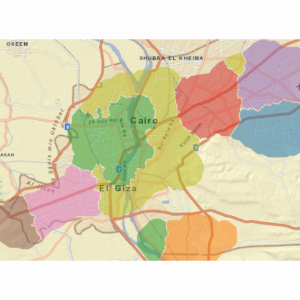

Chicago
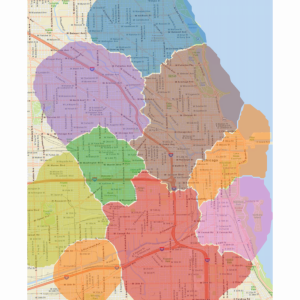

Delhi
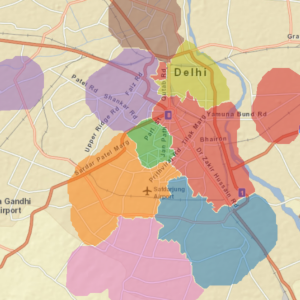

Dhaka
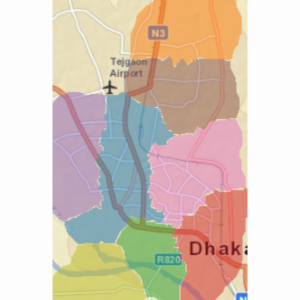

Guangzhou
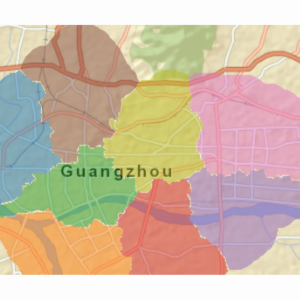

Istanbul
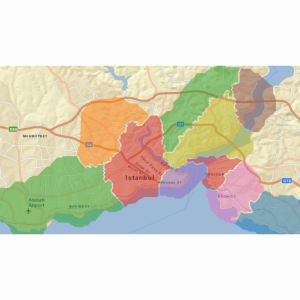

Jakarta
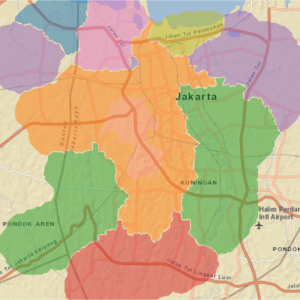

Johannesburg
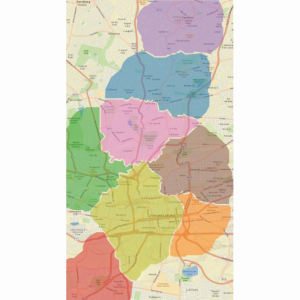

Kolkata
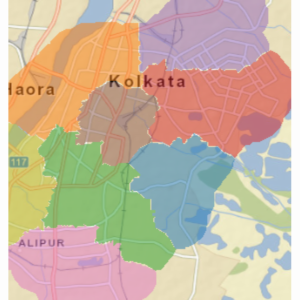

Kyiv
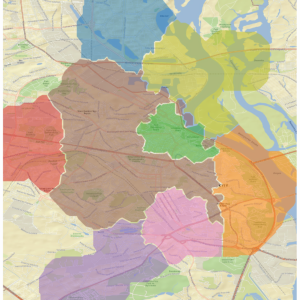

London
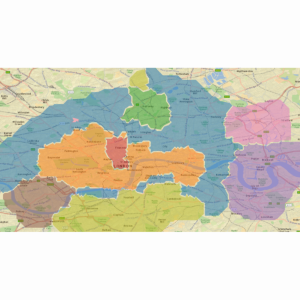

Los Angeles
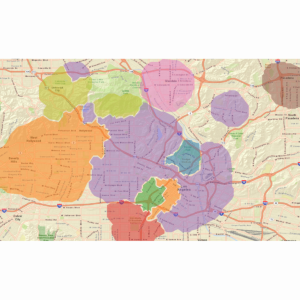

Madrid
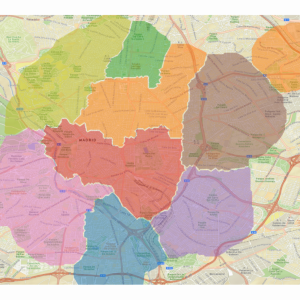

Manila
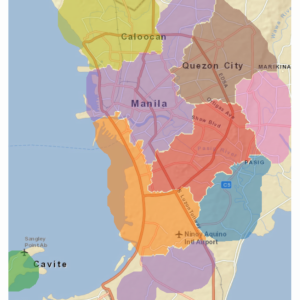

Mexico City
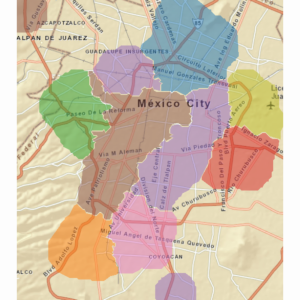

Milan
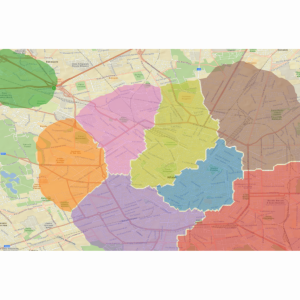

Moscow
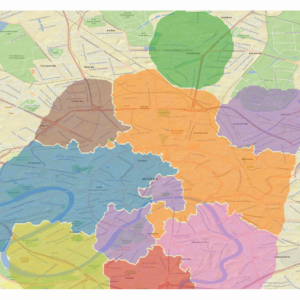

Mumbai
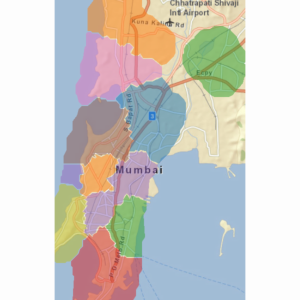

NYC
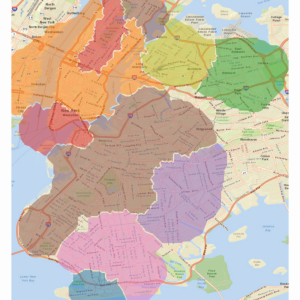

Nairobi
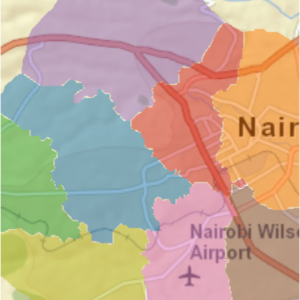

Osaka
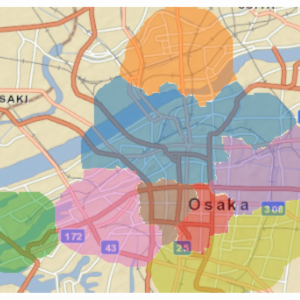

Paris
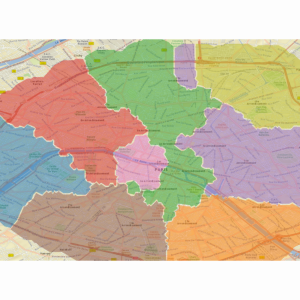

Rio
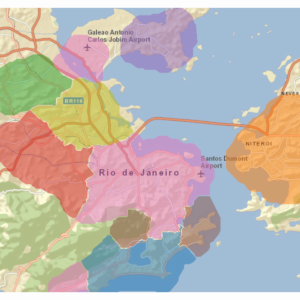

Rome
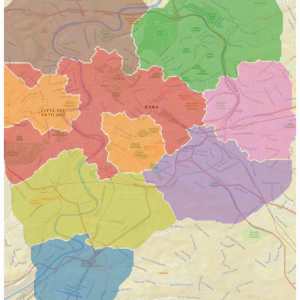

Sao Paulo
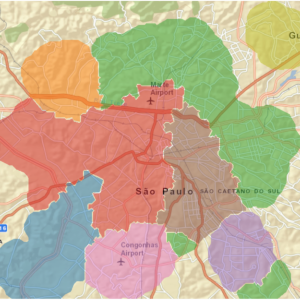

Seattle
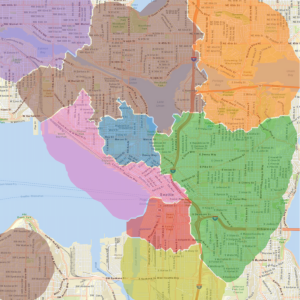

Seoul
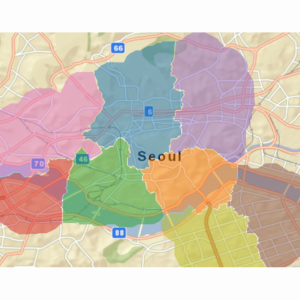

Shanghai
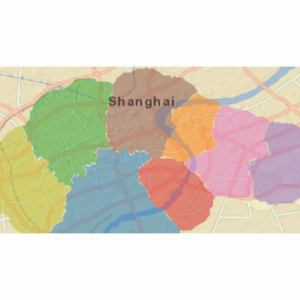

Singapore
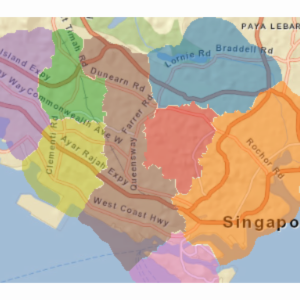

Sofia
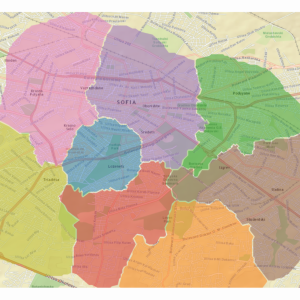

Sydney
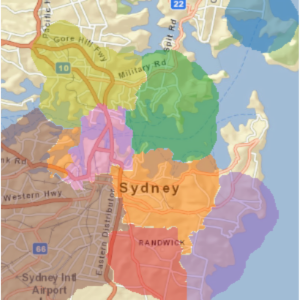

Tokyo
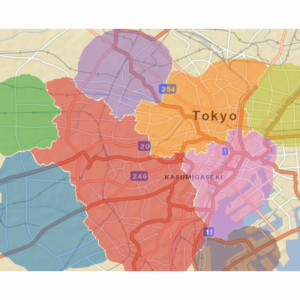

Toronto
